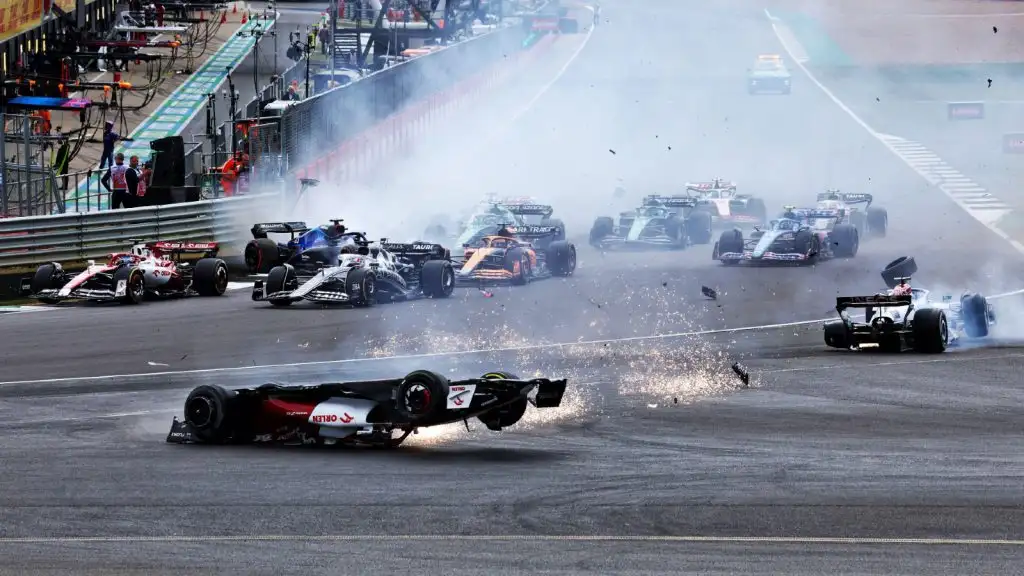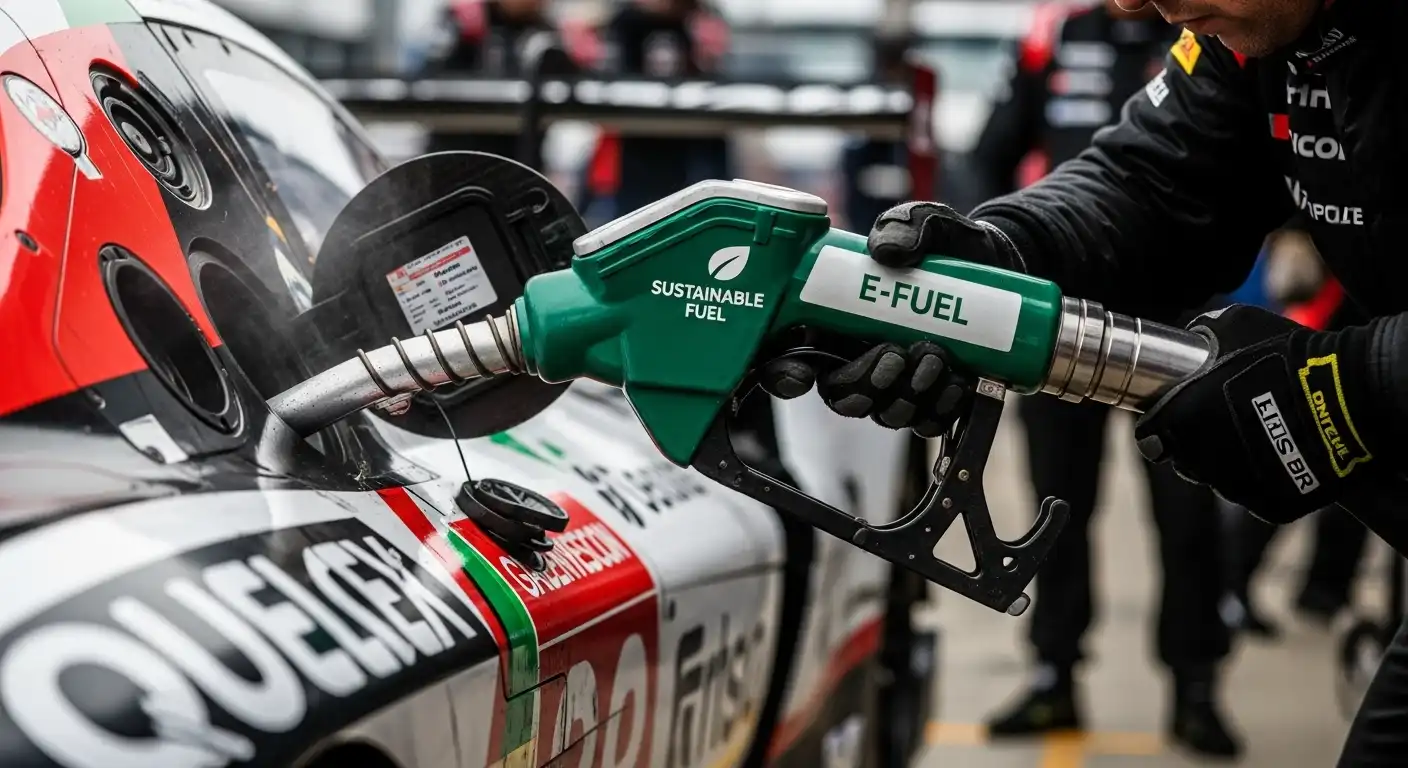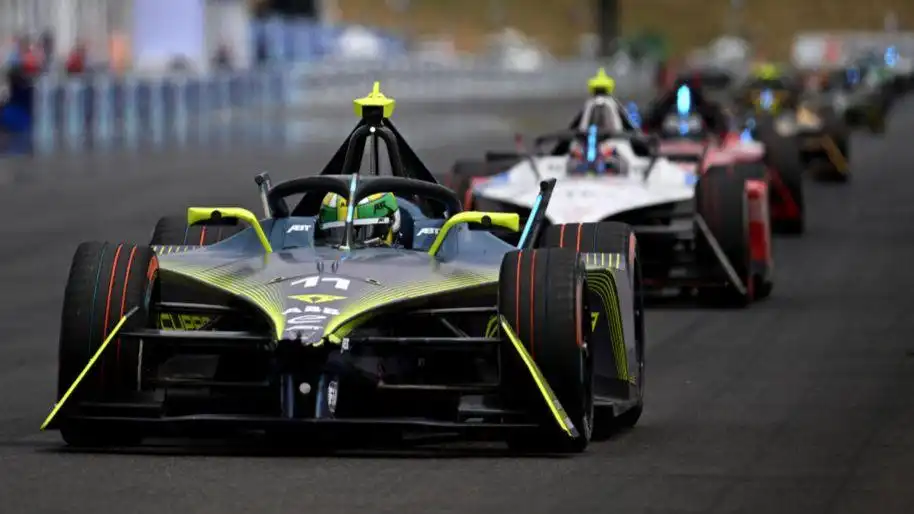Motorsport is a thrilling and adrenaline-packed sport that captivates millions of fans worldwide. The high speeds, intense competition, and incredible skill required by drivers make it one of the most exciting forms of entertainment. However, as much as motorsport is about performance and pushing the limits, safety remains a top priority. The risks involved in racing are immense, and innovations in safety technology have played a significant role in reducing the dangers that drivers face.
In this blog, we’ll explore why safety is crucial in motorsport, the evolution of safety technologies, and the modern innovations that are helping to protect drivers, teams, and spectators alike. Motorsport may be thrilling, but it’s the safety measures that make it sustainable and secure for everyone involved.
1. The High Risks of Motorsport
Motorsport is inherently dangerous due to the high speeds and extreme conditions in which drivers race. Even a minor mistake can have catastrophic consequences, and the risk of injury or worse is always present. Whether it’s a high-speed crash, a tire failure, or the risks associated with poor visibility, every race presents potential hazards for the driver and others involved.
Key Factors That Make Motorsport Risky:
-
High Speeds: Race cars can reach speeds in excess of 200 mph (320 km/h), making collisions and accidents potentially catastrophic.
-
G-Forces: Drivers experience significant g-forces while cornering, braking, and accelerating, which can lead to physical strain and even injury if not properly managed.
-
Unpredictable Conditions: Weather, track conditions, and technical failures can create sudden, hazardous situations that require quick thinking and extreme reflexes from drivers.
Given these risks, safety must be at the forefront of every racing event. Without proper safety measures, the sport wouldn’t be able to continue to grow and thrive.
2. The Evolution of Motorsport Safety
Over the years, the motorsport industry has made significant strides in improving safety. Some of the early days of racing were marred by frequent fatalities, which led to the establishment of various safety standards and regulations. As technology has advanced, so have the innovations that protect drivers from harm.
Milestones in Motorsport Safety:
-
Crash Helmets: In the early days of racing, helmets were not mandatory, and those that were used provided little protection. Today, helmets are an essential part of racing gear, designed with advanced materials like carbon fiber and Kevlar to absorb impact and protect the skull and neck.
-
Seatbelts and Harnesses: The introduction of multi-point harnesses in the 1960s revolutionized driver safety. Today, drivers use advanced safety harnesses, including six-point systems, that keep them securely in place during high-speed maneuvers.
-
Roll Cages: Roll cages are an integral part of modern race car designs. These metal structures surround the driver’s cockpit, offering protection in the event of a roll-over or crash by preventing the roof from collapsing.
-
Fire-Resistant Suits: Fire-resistant racing suits have been around since the 1960s, but today’s suits are made of materials like Nomex, which protect drivers from burns during accidents.
The evolution of these safety features demonstrates the motorsport industry’s commitment to protecting its participants. However, as racing technology advances, so do the safety requirements.
3. Modern Innovations in Motorsport Safety
Today, motorsport safety innovations are more advanced than ever. With continuous improvements in car design, driver equipment, and track safety measures, modern motorsport is significantly safer than it was in previous decades.
1. The Halo Device (F1)
One of the most groundbreaking safety innovations in Formula 1 has been the introduction of the Halo device. This titanium structure, which sits above the driver’s head, was introduced in 2018 as a mandatory safety feature. The Halo is designed to protect the driver’s head from debris, collisions, and crashes. It has already proven its effectiveness in saving drivers’ lives, notably in incidents like the 2020 Belgian Grand Prix, where it protected Lewis Hamilton from a potentially deadly accident.
2. Advanced Impact Protection Systems (HANS)
The Head and Neck Support (HANS) device is another crucial safety feature in motorsport. This system is designed to protect the driver’s neck and spine during high-impact collisions by restricting the head’s movement and preventing it from snapping forward. While originally developed for NASCAR, HANS devices are now used across many racing disciplines, including Formula 1, IndyCar, and endurance racing.
3. Frontal Impact Protection (F1)
Formula 1 cars have evolved with the introduction of frontal impact protection systems like the carbon fiber crash structure in the nose of the car. These structures are designed to absorb and dissipate the energy of a crash, reducing the forces transmitted to the driver. In the event of a frontal collision, the energy is absorbed by the car’s front structure, preventing serious injury to the driver.
4. On-Board Fire Suppression Systems
In motorsport, fire can be a significant risk following a crash. Modern race cars are equipped with fire suppression systems that automatically deploy after a crash. These systems typically use an extinguishing agent to put out fires before they can spread, significantly reducing the risk of injury. Drivers also wear fire-resistant suits and gloves to prevent burns in the event of a fire.
5. Improved Crash Barriers and Track Design
Modern racing tracks have been designed with safety as a top priority. Crash barriers, tarmac run-off areas, and energy-absorbing barriers like the TechPro barriers in Formula 1 are engineered to absorb impact during crashes. These innovations, along with better-designed track layouts, help minimize the risk of injury during high-speed collisions.
6. Driver Monitoring Systems
With advancements in technology, driver health and well-being are more closely monitored than ever before. Driver monitoring systems track vital statistics like heart rate, body temperature, and g-forces experienced during the race. In the event of a crash, these systems can send real-time data to race officials, helping them make quicker, more informed decisions on driver safety.
4. The Role of Technology in Race Car Design
In modern motorsport, race car design has become increasingly sophisticated, with technology playing a pivotal role in improving driver safety. From the materials used in car construction to the design of the car’s cockpit, every detail is carefully engineered to protect the driver.
Key Safety Features in Modern Race Cars:
-
Carbon Fiber Construction: The use of carbon fiber in modern race cars makes them both lightweight and incredibly strong. This material is used extensively in the construction of the monocoque (the driver’s cockpit), providing superior protection in the event of a crash.
-
Energy-Absorbing Structures: Modern race cars are designed with energy-absorbing structures that help dissipate the energy generated during a crash. These structures, made from materials like carbon fiber and aluminum, are strategically placed around the car to protect the driver.
-
Side Impact Protection: The sides of modern race cars are reinforced to protect drivers from side impacts. Special side-impact structures ensure that the driver’s body is shielded from the forces of a collision.
5. The Importance of Continuous Improvement in Motorsport Safety
Motorsport safety is an ongoing process. Every year, new technologies and systems are developed to improve the safety of both drivers and spectators. The relentless pursuit of better safety features ensures that motorsport can continue to be an exciting and thrilling sport, while still minimizing the risks.
Safety innovations are driven by both advancements in technology and the lessons learned from past accidents. While many safety features are now standard across various racing disciplines, motorsport organizations continue to work together to improve and evolve safety protocols.
6. Conclusion: A Safer Future for Motorsport
Safety in motorsport has come a long way, thanks to continuous innovation, research, and development. Modern safety devices, technologies, and improved race car designs are helping to protect drivers, ensuring that motorsport remains both thrilling and safe for everyone involved. From the Halo device to fire suppression systems, and from driver monitoring to advanced crash protection, these innovations play a vital role in making motorsport safer, without compromising on the excitement and competition that fans love.
At Daily AutoSport, we are committed to keeping you updated on the latest developments in motorsport safety. As technology continues to advance, we can look forward to even more innovations that will help make motorsport an even safer and more thrilling experience for both participants and fans.


